CAMMINI BIZANTINI
For Cammini Bizantini, cooperation with local associations is crucial. Indeed, Settimio thought it up as a project of cooperation for local development. It is the product of his experiences: “I was born in Padula (in the province of Salerno), the most important centre in the Vallo di Diano. After a degree in Political Science at the University of Naples, I had a long experience in Central America, working first with charity organisation Caritas and then with a local association seeking to strengthen the organisational foundations of indigenous people queq’chies in their right to access land as a form of prevention and fight against poverty and social exclusion in the Department of Alta Verapaz. Having returned to Italy, after five years, I began to support local bodies in accessing cohesion policy funds.. My experience in Central America was key in developing this project, in that it propelled my civil participation, prompting me to work on something that helps promoting the local territory and its identity, as well as the local communities, with a low impact” explains Settimio today.
Cohesion policy
Cohesion policy in Europe was first developed with the aim to “reduce disparities between regions and the backwardness of the less favoured regions”, thus promoting “economic, social and territorial cohesion”. It supports hundreds of thousands of projects all over Europe, receiving resources through the European Structural Funds and national funds dedicated to cohesion policies. The idea is that cohesion policy should bring about a balanced and sustainable territorial development. Cohesion policy can rely on an overall budget of € 351.8 billion for the 2014-2020 period, approximately one third of the entire EU budget. This figure is then supplemented with national contributions. More than half of EU resources – € 182.2 billion – are allocated to less developed regions. In Italy, approximately 80 percent of resources are destined to southern and insular regions.
Settimio works on many projects, in which tourism and agriculture are recurring themes, but he notes that the actions proposed are often disconnected from each other. “I could see the shortcomings and began a personal reflection on how things were being done. As part of my job, I conducted many on-site visits, meaning that I learnt more and more about the local territory. Everywhere, I kept seeing traces of Byzantine presence in the area, across the three national parks of the Cilento, the Lucano Apennines, and the Pollino: a substantial presence, transpiring in both the names and the cultural heritage of many villages, which were founded during that portion of the Middle Ages, starting with their churches. All the villages the trails run through were founded during Byzantine rule” explains Settimio.
Studying the local history automatically implies learning about the local religion. The churches in the area are devoted to Saint Sophia, Saint George, Saint Mercurius, Saint Demetrius, and Saint Mary of Constantinople. It is in this context that, in 2018, Cammini Bizantini’s project was born. “In our trails, we celebrate this little-told history. Our association is about to publish a booklet about it, thanks to the work of one of our members, a researcher” explains Settimio.
